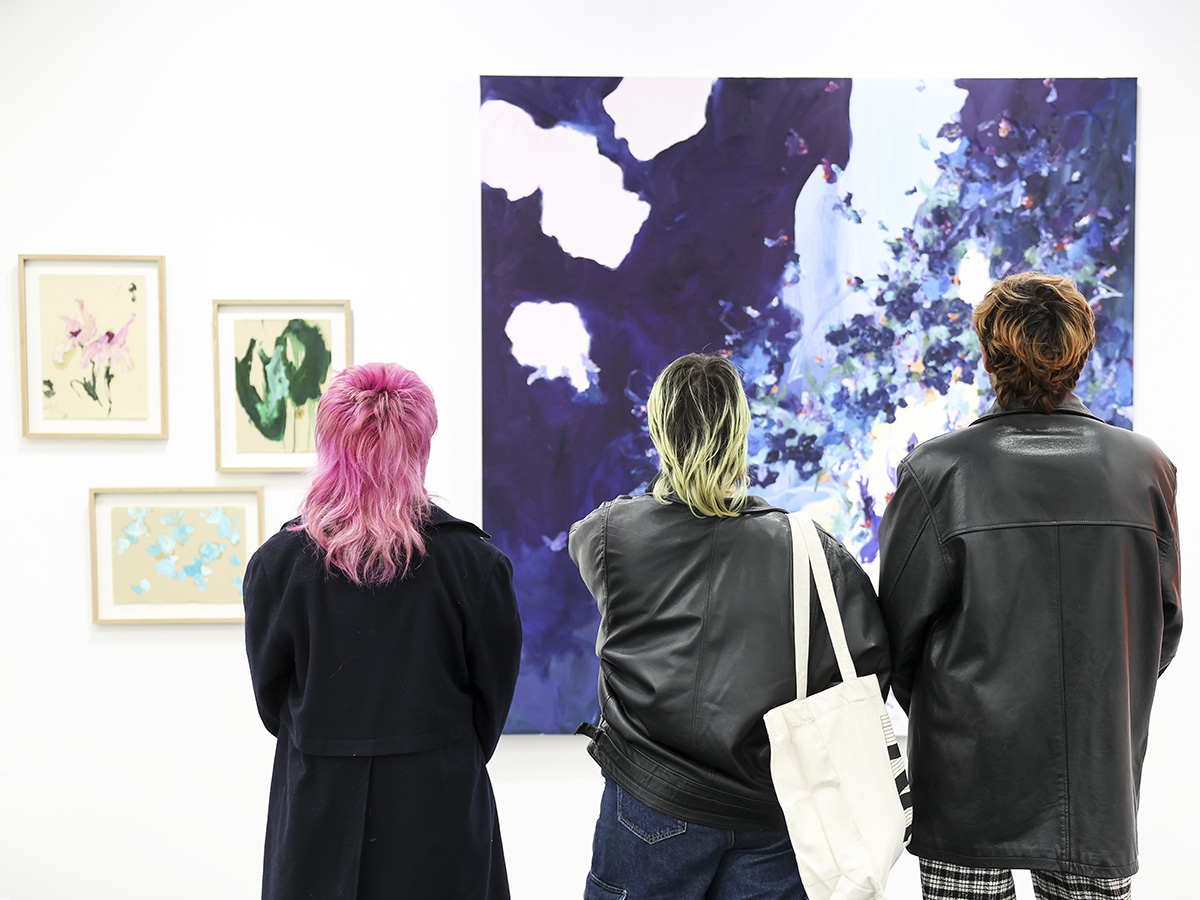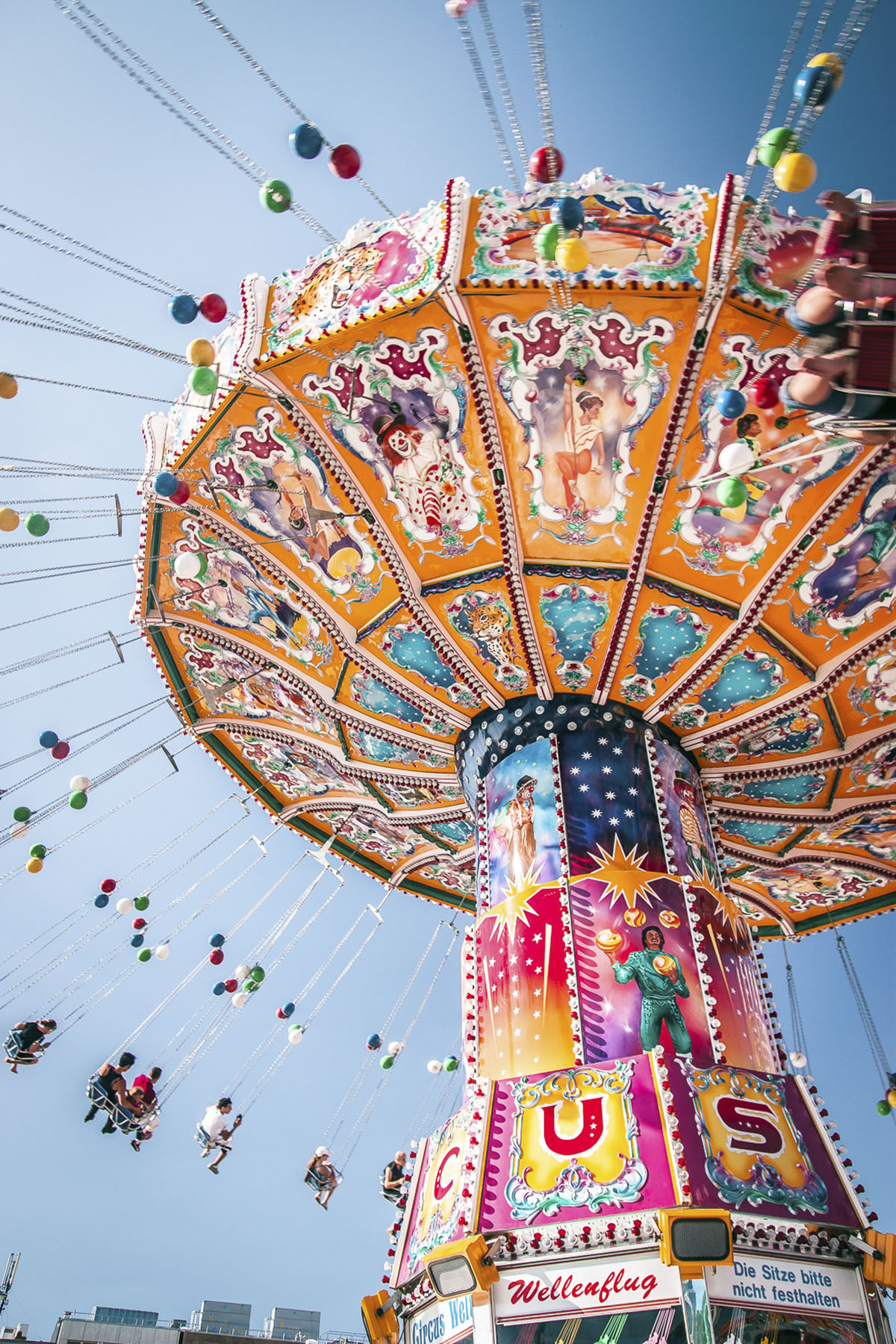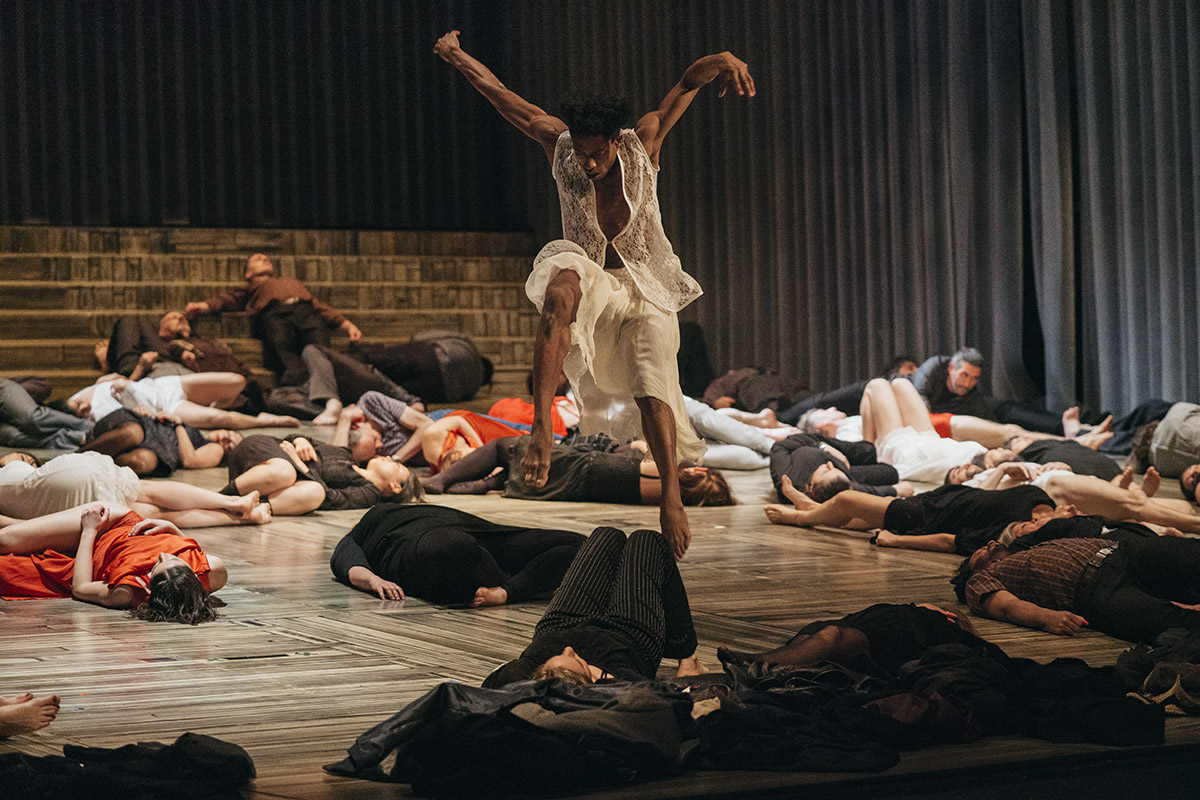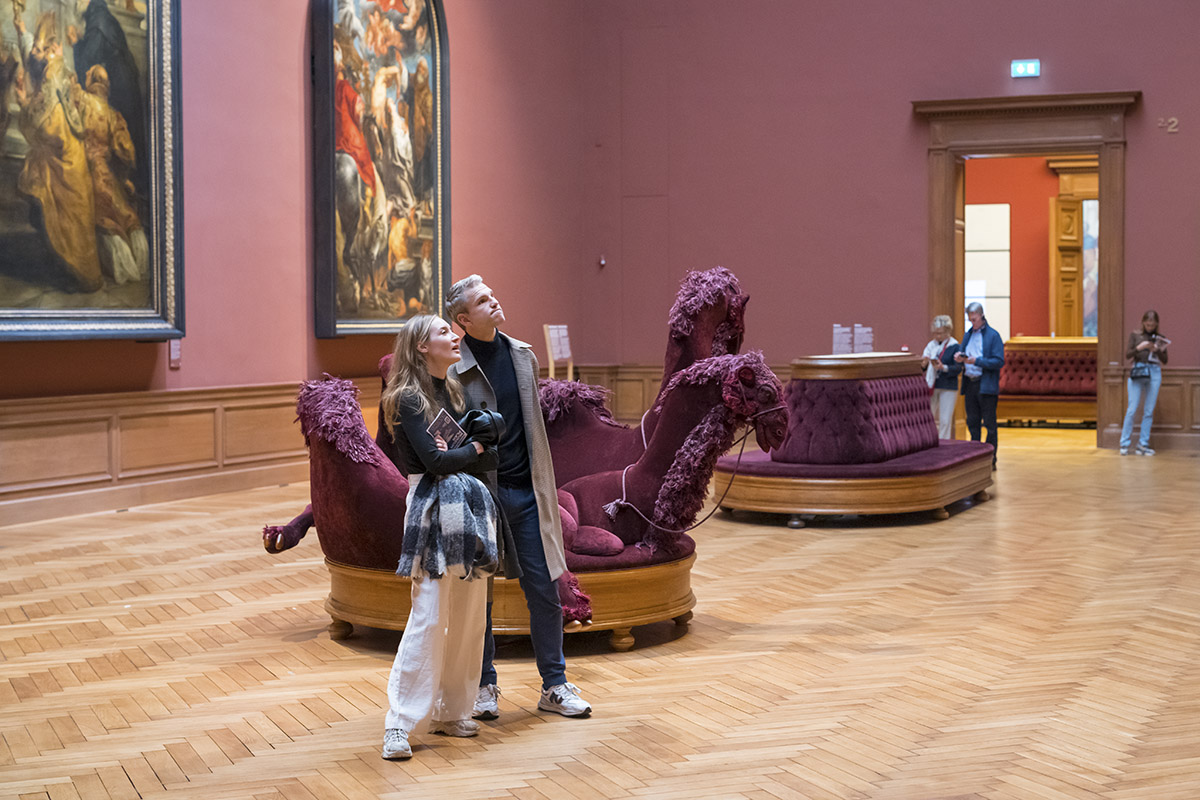Sélestat: The original Christmas tree
Text: Pierre Antoine Zahnd | Photos: P-Mod And Ville De Sélestat
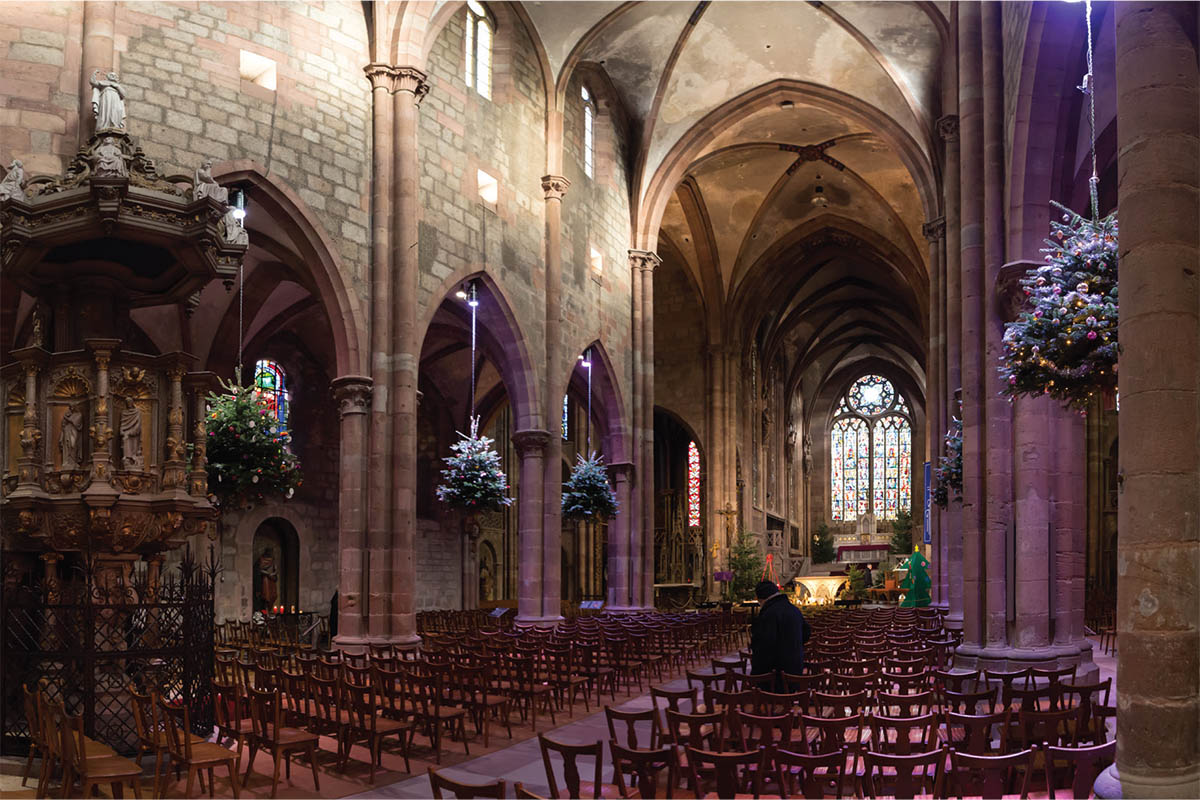
Home to the Humanist library as well as several historically important churches, the Alsatian city of Sélestat combines celebration with tradition to make the most of this rich heritage. And while it is well worth a visit year-round, the Christmas celebrations are one of the city’s big highlights annually.
Christmas markets are a serious affair in the Alsace region of North-eastern France. At the end of each year, city centres are bedecked with lights and fitted with traditional wooden huts, creating a fairytale atmosphere where the present meets the past. But even in such a rich cultural area, the city of Sélestat bears a special status: in fact, the Humanist Library (built in 1452 and known as one of the three jewels of Alsace) displays the oldest written mention of the Christmas tree, one of the holiday’s most prevalent symbols today. Discovered in a registry dating back to 21 December 1521, the inscription marks the day when the city’s inhabitants would traditionally go into the forest to cut their own tree.
This inscription, now almost five centuries old, has been one of the main thematic lines as the Sélestat Christmas tree nears its five hundredth anniversary. The striking, gothic-style Saint George Church, for instance, is home to a display of ten fir trees that exemplify the evolution of Christmas decorations in the region. These trees are not placed on the ground, but rather suspended from the vaulting ceilings as they were back in the day, symbolising hope and renewal.
But the Sélestat celebrations feature another foundational aspect of the holiday: the Christmas bauble. Originally conceived in the nearby town of Meisenthal, famous for its artisanship in glassworking, the Christmas bauble now has pride of place in the Sélestat celebrations. Each year since 1999, the Meisenthal International Glass Arts Centre has teamed up with a designer to create a new bauble, which is then exhibited in Sélestat. The pinnacle of this tradition is also displayed in the 12th-century Sainte-Foy church in the form of a stunning, 170-piece chandelier, entirely made up of Meisenthal glass balls. This profusion of colour works in great harmony with the church’s traditional stained glass works, creating a striking balance between tradition and innovation.
Beyond such cultural treasures, the event also features a wealth of other activities likely to please market-goers of all ages and interests, such as an ice rink, a ‘tree garden’, and countless stalls offering traditional foods and refreshments.

Web: www.selestat.fr
Subscribe to Our Newsletter
Receive our monthly newsletter by email
